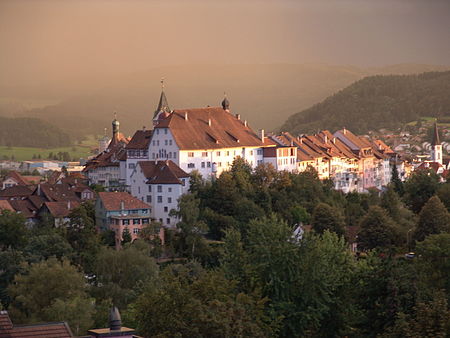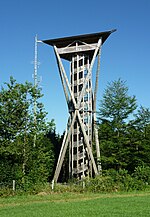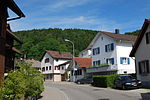Wil
Cities in SwitzerlandCultural property of national significance in the canton of St. GallenMunicipalities of the canton of St. GallenPages with German IPAWil

Wil (German pronunciation: [viːl]) is the capital of the Wahlkreis (constituency) of Wil in the canton of St. Gallen in Switzerland. Wil is the third largest city in the Canton of St. Gallen, after the cities of St. Gallen and Rapperswil-Jona, which is a twin city that merged in 2006. The municipality of Bronschhofen merged into Wil on 1 January 2013. After the merger the Community Identification Number changed from 3425 to 3427.In 1984, Wil was awarded the Wakker Prize for the development and preservation of its architectural heritage.
Excerpt from the Wikipedia article Wil (License: CC BY-SA 3.0, Authors, Images).Wil
Kirchgasse,
Geographical coordinates (GPS) Address Nearby Places Show on map
Geographical coordinates (GPS)
| Latitude | Longitude |
|---|---|
| N 47.466666666667 ° | E 9.05 ° |
Address
Haus zum Engel 29
Kirchgasse 29
9500 , Altstadt (Kreis Wil - Stadt (Wil))
St. Gallen, Switzerland
Open on Google Maps










